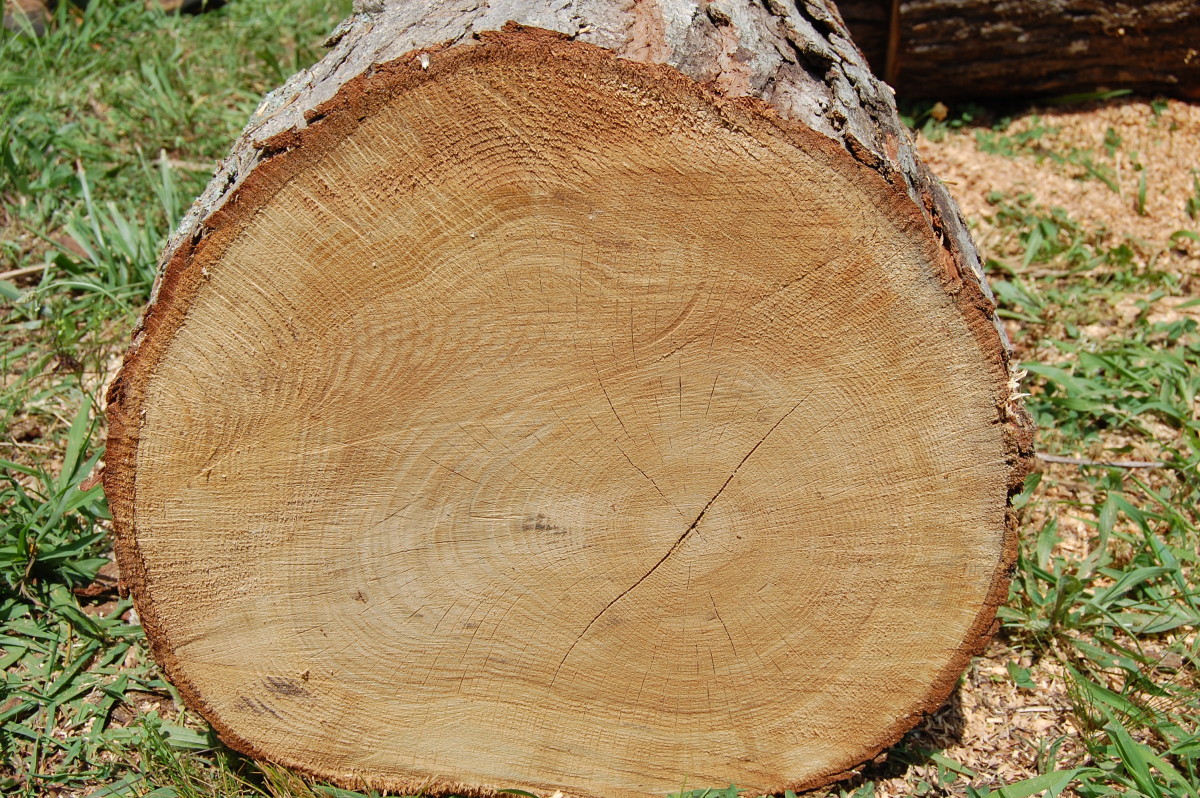The Urban Climate Research Center is a partnership between the College of Liberal Arts and Sciences, the School of Geographical Sciences and Urban Planning, and the. Cities and global climate change are closely linked: cities are where the bulk of greenhouse gas emissions take place through the consumption of fossil fuels; they are where an increasing proportion of the worlds people live; and they also generate their own climate commonly characterized by the urban heat island. In this way, understanding the way cities affect the cycling of energy. 4 lessons on urban climates lesson exploring urban heat islands, urban wind patterns, urban precipitation patterns and pollution levels 4 lessons on urban climates lesson exploring urban heat islands, urban wind patterns, urban precipitation patterns and pollution levels Resources. Urban Climates is the first full synthesis of modern scientific and applied research on urban climates. The book begins with an outline of what constitutes an urban ecosystem. It develops a comprehensive terminology for the subject using scale and surface classification as key constructs. From conversations Ive had with friends in construction: roofing is tough work. Steep angles make for dangerous conditions, metal roofing is remarkably sharp, and whatever material you work with, its guaranteed to be heavy. Urban Climates is the first full synthesis of modern scientific and applied research on urban climates. The book begins with an outline of what constitutes an urban ecosystem. It develops a comprehensive terminology for the subject using scale and surface classification as key constructs. Climate on a local scale: urban climates Human activity has a big influence on the climate of an urban area. Climate is the long term behaviour of the atmosphere in a specific area, with characteristics such as temperature, pressure, wind, precipitation, cloud cover and humidity etc. Many urban areas demonstrate distinctive climatic characteristics that differ from the norm. The reasons for this are due to the man made structures that reflect. Urban Climates is the first full synthesis of modern scientific and applied research on urban climates. The book begins with an outline of what constitutes an urban ecosystem. It develops a comprehensive terminology for the subject using scale and surface classification as key constructs. Recently published articles from Urban Climate. Numerical modeling of outdoor thermal comfort in 3D. Urban Green Infrastructure as a tool for urban heat mitigation: Survey of research methodologies and findings across different climatic regions. Urban Climates is the first full synthesis of modern scientific and applied research on urban climates. The book begins with an outline of what constitutes an urban ecosystem. It develops a comprehensive terminology for the subject using scale and surface classification as key constructs. Urban Climates is the first full synthesis of modern scientific and applied research on urban climates. The book begins with an outline of what constitutes an urban ecosystem. It develops a comprehensive terminology for the subject using scale and surface classification as key constructs. Urban Climate serves the scientific and decision making communities with the publication of research on theory, science and applications relevant to understanding urban climatic conditions and change in relation to their geography and to demographic, socioeconomic. The Urban Microclimate Urban areas tend to have a local and quite distinct set of climatic characteristics. These are the result of inadvertent climate modification on a relatively small scale. These are the result of inadvertent climate modification on a relatively small scale. and heat island Series brought to you by Western Cape Education Department FET Curriculum and Communication Directorates in collaboration wit We focus on urban climates and consider reasons for differences between rural and urban climates as well as look at urban heat islands. climates and the causes and effects of urban heat islands. In particular, the impacts of surface albedo, evapotranspiration, and anthropogenic heating on the nearsurface climate are discussed. Blackfriars Road, Trial Tree Pit, London. St Peters Square Download: Urban climates booklet v17 Journal articles Sharifi E and S Lehmann. : Comparative Analysis of Surface Urban Heat Island Effect in Central Sydney, Journal of Sustainable Development, Vol. UCCRN established Regional Hubs around the world, promoting enhanced opportunities for new urban climate change adaptation and mitigation knowledge and information transfer. News CitiesIPCC Conference Global Research and Action Agenda on Cities and Climate Change Science The climate in urban areas differs from that in neighboring rural areas, as a result of urban development. Urbanization greatly changes the form of the landscape, and also produces changes in an area's air. In 1950 ke Sundborg published one of the first theories on the climate of cities. May 27, 2014 URC 2014 Urban Regions under Change: towards socialecological resilience, Hamburg Hans von Storch Urban climate change the story of several drivers. Detection and attribution Issues No systematic results for urban conglomerates known to me Discussion. Nature of urban climates needs to be understood to able to improve conditions and mitigate potential adverse effects. Understanding urban climates in terms of their impact or response to A sustainable world is one in which the society needs are provided with a minimal harm to the natural environment and without halting the ability of future generations to fulfill their needs. A sustainable world is one in which the society needs are provided with a minimal harm to the natural. Paragraph 1: The city is an extraordinary processor of mass and energy and has its own metabolism. A daily input of water, food, and energy of various kinds is matched by an output of sewage, solid waste, air pollutants, energy, and materials that have been transformed in some way. An urban heat island (UHI) is an urban area or metropolitan area that is significantly warmer than its surrounding rural areas due to human activities. The temperature difference usually is larger at night than during the day, and is most apparent when winds are weak. Urban Climates The Urban Heat Island Effect Artificially created Heat Islands are becoming increasingly common through the rise in urbanization. Urban Areas and Climate Change: Review of Current Issues and Trends Issues paper 2 Contents Executive Summary 5 1. Urban areas and climate change 11 2. 1 Why urban centers and climate change 11 2. 2 Linkages between cities and climate change 13 2. 3 Key actors in the climate change arena 20 3. Urban Climates is the first full synthesis of modern scientific and applied research on urban climates. The book begins with an outline of what constitutes an urban ecosystem. It develops a comprehensive terminology for the subject using scale and surface classification as key constructs. Kp Urban Climates av T R Oke p Bokus. Thermal remote sensing of urban climates J. Okeb aDepartment of Geography, University of Western Ontario, London, ON, Canada N6A 5C2 bAtmospheric Science Program, Department of Geography, University of British Columbia, Vancouver, BC, Canada V6T 1Z2 Received 8 April 2002; received in revised form 20 September 2002; accepted 28 December 2002 Urban climate: Urban climate, , any set of climatic conditions that prevails in a large metropolitan area and that differs from the climate of its rural surroundings. Urban climates are distinguished from those of less builtup areas by differences of air temperature, humidity, wind speed and direction, and amount 1. IntroductionThe surface temperature is of prime importance to the study of urban climatology. It modulates the air temperature of the lowest layers of the urban atmosphere, is central to the energy balance of the surface, helps to determine the internal climates of buildings and affects the energy exchanges that affect the comfort of city dwellers. Urban Climates is the first full synthesis of modern scientific and applied research on urban climates. The book begins with an outline of what constitutes an urban ecosystem. It develops a comprehensive terminology for the subject using scale and surface classification as key constructs. An urban heat island is a metropolitan area which is significantly warmer than its surrounding rural areas. The temperature difference is usually larger at night than during the day, and is. Definitioner Pollution Physical, chemical, or biological change in the characteristics of some component of the atmosphere, hydrosphere, lithosphere, or biosphere that adversely influences the health, survival, or activities of humans or other living organisms. Urban climate impacts Urbanisation results in significant modification of local climates, the most apparent expression of this being the urban heat island. The global urban population now exceeds the rural population, and the urban population may exceed six billion by the 2050s. Urban Climates is the first full synthesis of modern scientific and applied research on urban climates. The book begins with an outline of what constitutes an urban ecosystem. It develops a comprehensive terminology for the subject using scale and surface classification as key constructs. This keeps urban climates relatively high and the contrast between the urban environment and the rural fringe is greatest at night. Building materials therefore have heat storage capacities. Another factor that leads to an urban heat island effect relates to the amount of pollutants in the atmosphere. The city is an extraordinary processor of mass and energy and has its own metabolism. A daily input of water, food, and energy of various kinds is matched by an output of sewage, solid waste, air pollutants, energy, and materials that have been transformed in some way. In this live Gr 12 Geography show we take a look at Valley Urban Climates. In this lesson we look at Valley Climates and consider: Slope aspect, anabatic katabatic winds, inversionsthermal belts, frost pockets radiation fogs as well as valley climate's influence on human activities. These contributions include recent experimental and modeling studies, implementing techniques and developments tailored to the assessment of urban heating, as well as mitigation and adaptation scenarios proposed and assessed in various urban climates. Introduction It is known that urban climates differ from those of rural areas and that the magnitudes of the differences can be quite large at times depending on weather conditions, urban thermophysical and geometrical characteristics, and anthropogenic moisture and heat sources present in the area. 1The city is an extraordinary processor of mass and energy and has its own metabolism. A daily input of water, food, and energy of various kinds is matched by an output of sewage, solid waste, air pollutants, energy, and materials that have been transformed in some way. Als architectenbureau werken we op een zo breed mogelijk vlak. Van details die een gebouw kwaliteit geven tot ontwikkelingen die stedelijke impact hebben. The CRCLCL urban micro climate supports end userdriven research collaborations to address the major challenge of climate change facing Australia. The warm moist air in urban areas leads to the rapid uplift of air in a process known as conventional uplift. As the air rises it cools and moisture in air condenses forming clouds and rain. This is known as conventional rainfall. Impacts of Urban Heat Island It has been largely demonstrated that cities with variable landscapes and climates can exhibit temperatures several degrees higher than their rural surroundings (i. UHI effect), a phenomenon which if increases in the future, may result in a doubling of the urban to rural thermal ratio in the following decades. Urban Climates is the first full synthesis of modern scientific and applied research on urban climates. The book begins with an outline of what constitutes an urban ecosystem..











